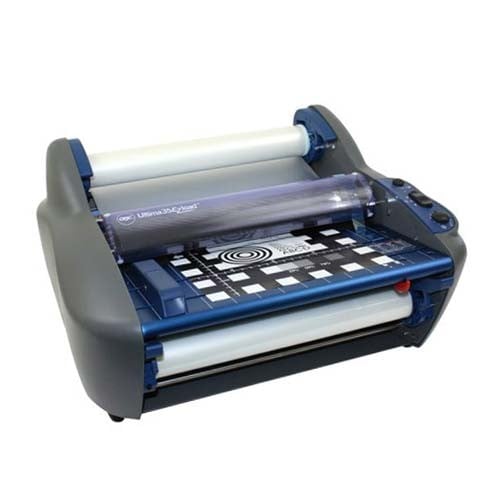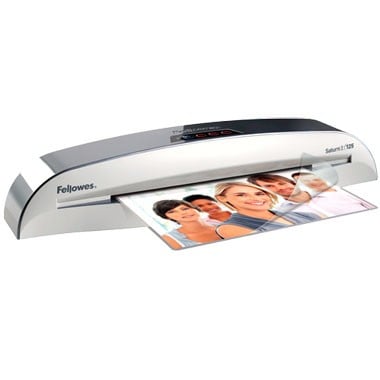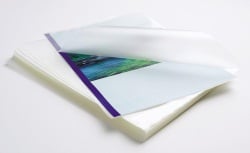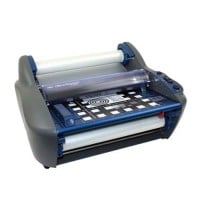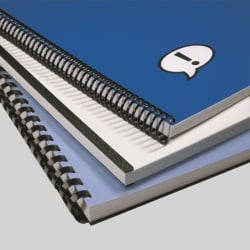MyBinding Knowledge Base
- Binding (248 Article)
- General Binding (42)
- Plastic Comb Binding (57)
- Fastback Binding (59)
- Perfect Binding (2)
- Modular Punching (8)
- Zipbind (3)
- Twin Loop Wire (13)
- Coil Binding (22)
- Thermal Binding (14)
- Strip Binding (1)
- VeloBind (4)
- Binding Covers (14)
- Proclick Binding (10)
- SureBind (4)
- Screw Post (2)
- Hole Punches (2)
- Staplers (4)
- Komtrak Insprial Binding (2)
- Paper (1)
- Rhin-O-Tuff (5)
- Binding Machines Comparison (17)
- Laminating (109 Article)
- General Laminating (26)
- Roll Lamination (16)
- Pouch Lamination (36)
- Pouch Board Laminator (3)
- School Laminator (3)
- Foil Laminating (3)
- Royal Sovereign Laminators (10)
- Laminators Comparison (3)
- Boards (11 Article)
- Bulletin Boards (3)
- Whiteboards (5)
- Chalkboards (1)
- Paper Shredders (44 Article)
- General Shredding (35)
- Industrial Shredders (1)
- Cross-Cut Shredders (2)
- Cardboard Shredders (1)
- Multimedia Shredders (1)
- Personal Shredders (1)
- High Security Shredders (2)
- Ring Binders (9 Article)
- Specialty Binders (2)
- Reinforced Paper (1)
- Health Care Punched Paper (1)
- Perforated Paper (2)
- View Binders (1)
- Index Tabs (9 Article)
- Index Tab Dividers (2)
- Copier Tabs (4)
- Pocket Folders (1)
- Custom Index Tabs (1)
- Pre-Printed Index Tabs (1)
- Paper Handling (37 Article)
- Paper Folders (9)
- Paper Joggers (2)
- Guillotine Cutters (4)
- Rotary Trimmer (3)
- Electronic Paper Cutters (1)
- Corner Rounders (2)
- Paper Scoring (2)
- Paper Drill (2)
- Booklet Makers (3)
- Stack Cutters (1)
- Paper Handling Equipment Comparison (5)
- ID Accessories (12 Article)
- Badge Holder (1)
- Lanyards (8)
- Badge Reels (1)
receive
$5off
*On order $25 or more.
What should I look for in a pouch laminator for my home?
At some point in your life, you’ve probably encountered a laminator in either a school or office. Laminators are used to protect important items so they can be handled again and again, which is why they’re used to process name badges, menus, and so on. However, laminators can be used in the home as well, especially pouch laminators since these machines tend to be reasonably sized. Here’s some advice on how to choose one of these for your home.
1.) Think about what you want to laminate. One of the first steps in choosing the right device for your needs is to think about what you to laminate. Do you want to work with small items such as recipe cards and wallet-sized photographs? Or how about larger items such as your kids’ artwork and school assignments? Or maybe a bit of both? This is important to think about because you need to choose a device that is large enough to accommodate your materials.
2.) Do you prefer cold lamination or thermal? The vast majority of pouch laminators you can choose from are thermal devices. These machines melt the adhesive in laminating pouches in order to encapsulate your document. If you think you’re going to want to process items that could be damaged by heat – old photographs, for example – be sure you pick a laminator that has a cold setting. That way, you can place your fragile items in a pressure-sensitive pouch (as opposed to a thermal one) and they won’t become damaged.
3.) Seek out good safety features. Safety features are definitely something you should look for, especially if you have kids. (Or animals, even.) Since pouch laminators use heat to complete the process, there’s chance that you or someone else could be burned while using it. Luckily, there are some devices that are designed to trap the heat safely inside the unit so burns are unlikely to happen. Also, some pouch laminators will shut off automatically when you’re done using them. This helps prevent a fire from starting and it also conserves power.
4.) Look for a low price and a good warranty. The cost of your laminator is definitely an important consideration. Luckily, these machines aren’t too cost-prohibitive, especially if you get one that’s on the small side. You should be able to find one that’s just right for your budget. A good warranty is also important, so try to get a machine with one that lasts for a year or so.
5.) Brand names to look for. And finally, you need to choose a laminator from a reputable manufacturer so that you know you’re getting a good machine. Some brand names to seek out include GBC, Fellowes, Lamitek, and Tamerica.
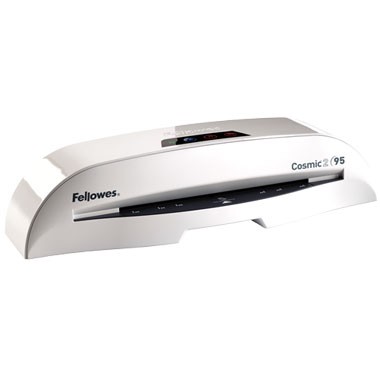
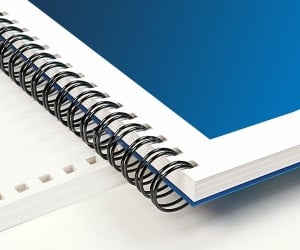
< Over the years, a number of customers have asked me whether they can use twin loop wire with their plastic comb binding machine. These customers often don’t want to have to buy a brand new machine but like the look and feel of twin loop wire binding. However, the answer to their question isn’t as simple as it seems. You see, they actually do make twin loop wire that is designed to work with the plastic comb binding hole pattern. With that said, if you want to use these wires you are going to need a way to close the wires. What is Spiral-O Wire? Let me explain a little bit more…There is a product that we carry called Spiral-O Wire. This wire has 19 loops and is designed to work with the hole pattern from a plastic comb binding machine. Spiral-O Wire is sometimes called Wire Combs or Ibico Wire and was originally designed for use with some of the older Ibico binding machines. A number of the older Ibico plastic comb binding machines also included a twin loop wire closer on the front of them to allow users to use both plastic combs and wire. This 19 loop wire was designed for this purpose. What Equipment is Needed? As the Ibico brand has been phased out by GBC and all of the older Ibico plastic binding machines have been replaced with new models, they no longer have the twin loop wire closer on the front of them. This presents a problem in trying to use these spiral-o wires since you can’t use the wires without a way to close them. One of the only options left is to purchase a Twin Loop wire closer. However, since twin loop wire closers are not incredibly cheap this option usually only appeals to users who have larger electric plastic comb binding machines. Otherwise, it is often advisable to simply buy a low end 3:1 pitch twin loop wire binding machine (the supplies are cheaper). This being said, if you have one of the older Ibico binding machines that has a wire closer included you are in luck. The Spiral-O binding supplies that we carry will work perfectly with your machine and you will be able to use both plastic combs and wire depending on your needs. These Spiral-O binding supplies are available in Black, Silver, White, Blue and Red and in sizes up to 1″ in diameter. If you aren’t sure what type of wire binding supplies that you need to work with your machine simply give us a call. Our trained sales representatives will be glad to help you find the correct supplies for use with your machine.(Read More)
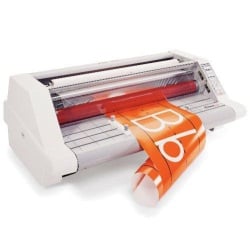

Loading...


